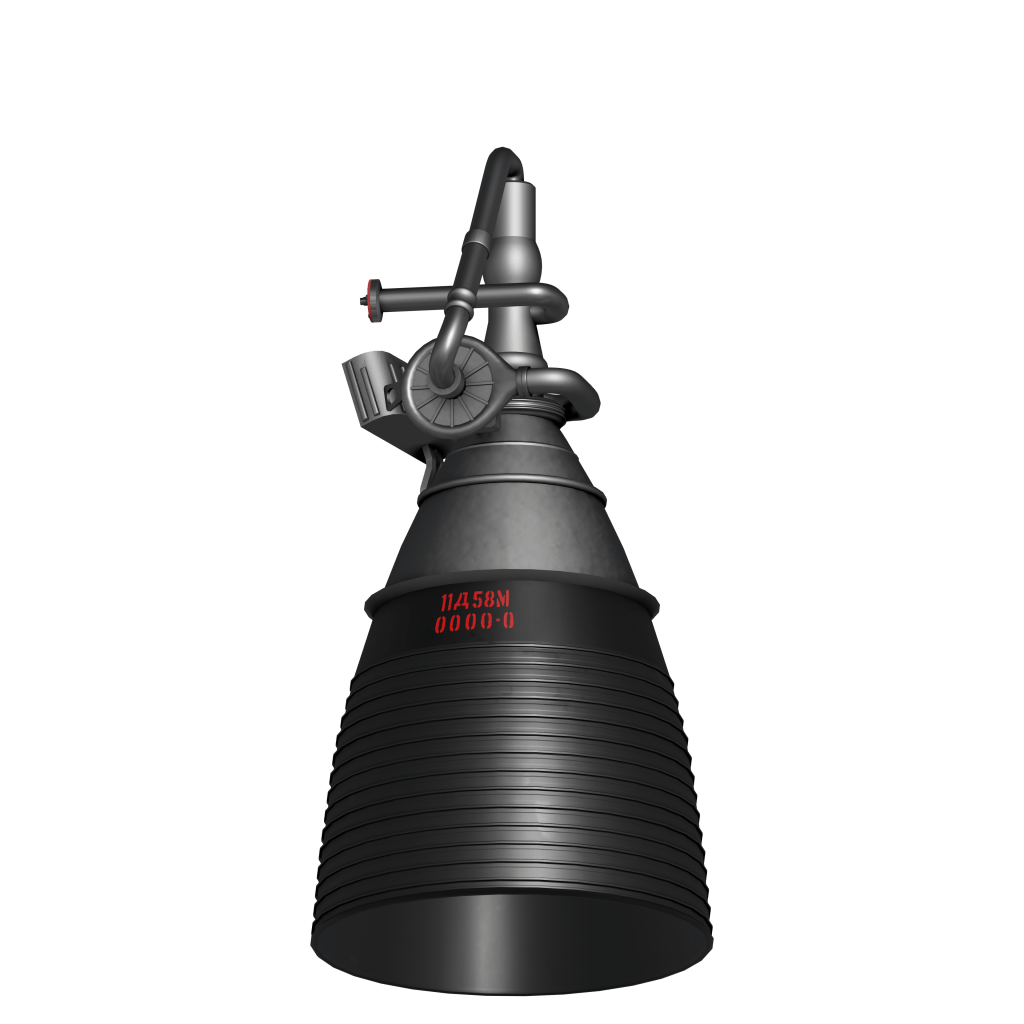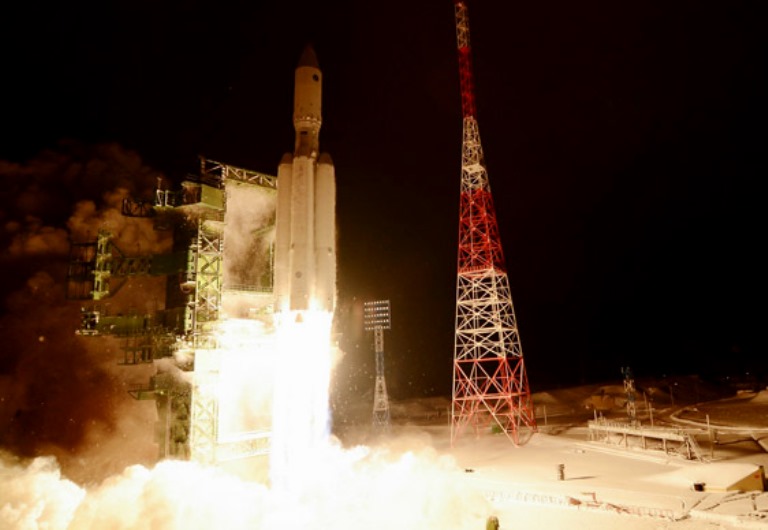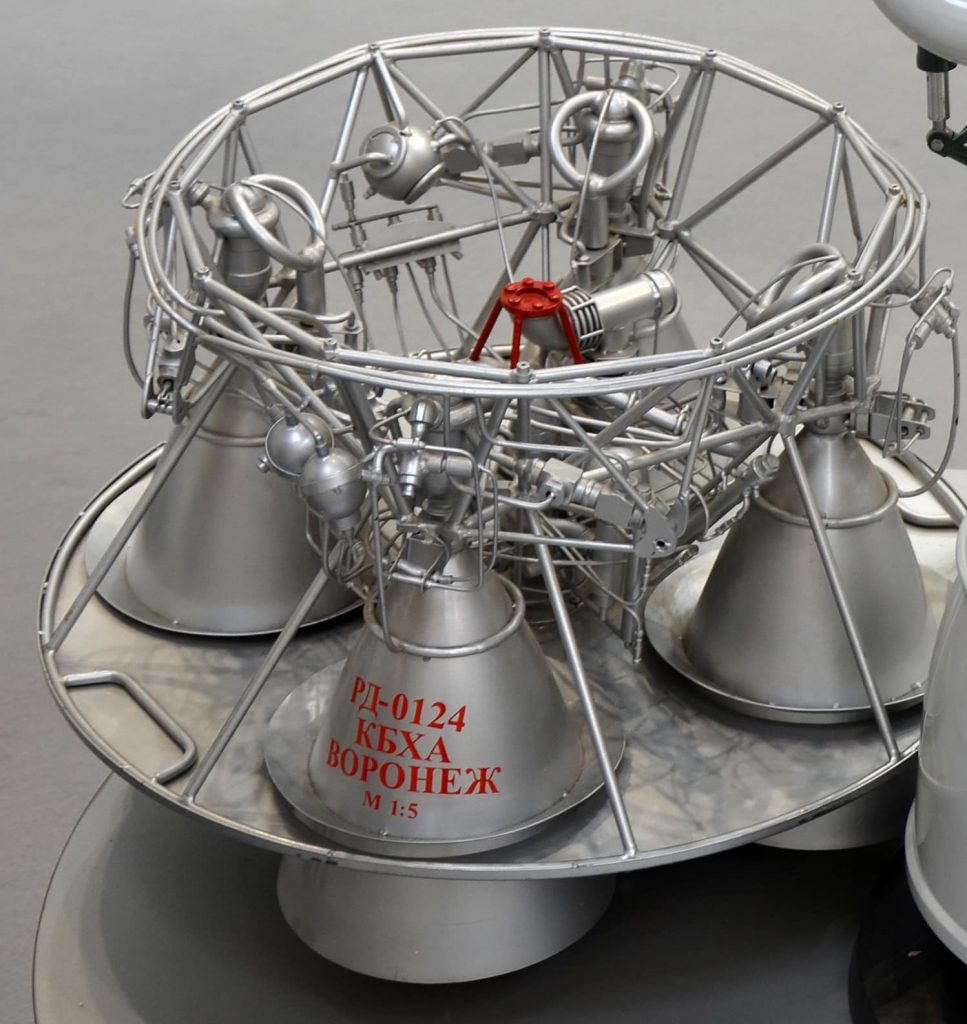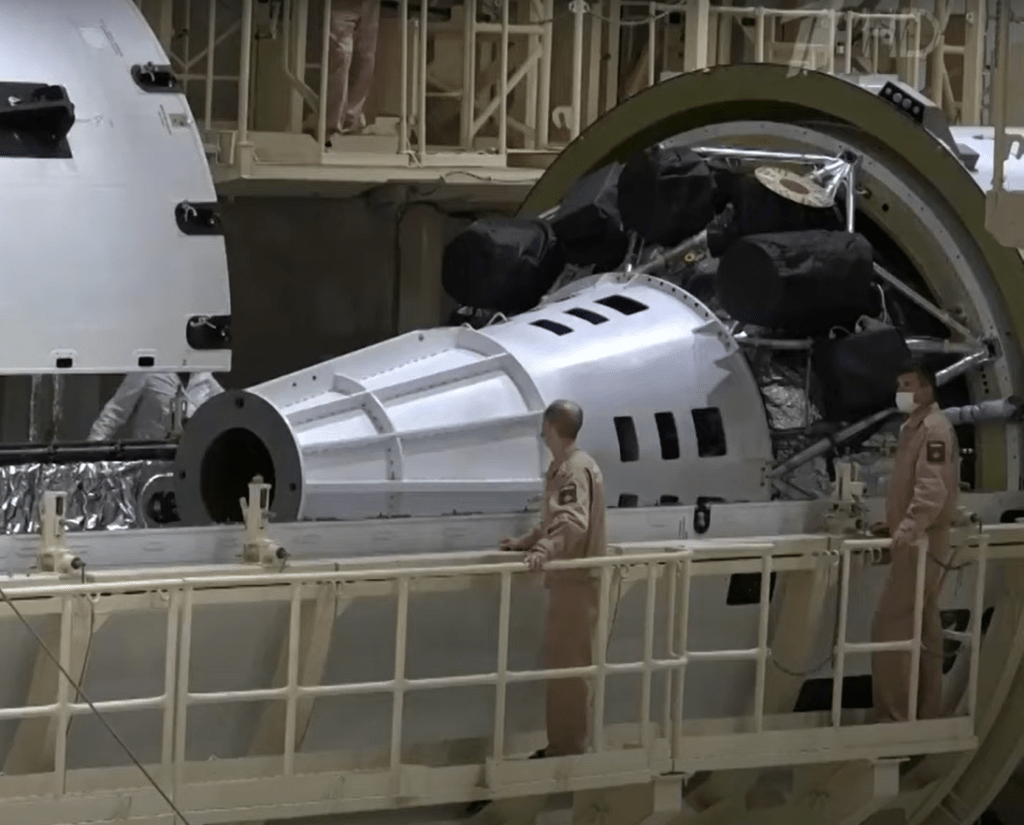Featured image credit: Roscosmos
Lift Off Time | December 24, 2021 – 15:00:00 UTC | 18:00 MSK |
|---|---|
Mission Name | Persey MGM no. 3, test flight |
Launch Provider | Khrunichev State Research and Production Space Center |
Customer | Khrunichev State Research and Production Space Center |
Rocket | Angara A5/Persey |
Launch Location | LC-35/1, Plesetsk Cosmodrome, Russian Federation |
Payload mass | Dummy payload, up to 2,600 kg |
Where is the payload going? | The flight is to Geostationary Earth Orbit (GEO) |
Will they be attempting to recover the first stage? | No, this is not a capability of Angara |
Where will the first stage land? | It will crash into the Kara / Barents Sea, north of Russia |
Will they be attempting to recover the fairings? | No, this is not a capability of Angara |
Are these fairings new? | Yes |
How’s the weather looking? | TBD |
This will be the: | – 1st flight of a DM-03 Persey upper stage on an Angara rocket – 4th launch of an Angara rocket – 3rd launch of an Angara A5 rocket – 137th obital launch attempt in 2021 |
Where to watch | If available, an official livestream will be listed here |
What Does All This Mean?
Russia is launching a new version of its DM-03 upper stage in a test flight on an Angara A5 rocket. This test flight will send a dummy payload to Geostationary Earth Orbit. The launch is from Plesetsk Cosmodrome in North Western Russia.
What is the Persey Upper Stage?
This is a significantly modernised version of the Blok DM-03 upper stage that already flies on the Proton rocket. This variant has been designed specifically to fly on top of the Angara A5.

This variant (formally 14S48) is powered by the RD-58M engine, and is designed to be overtaken by a similar variant (formally 14S49) which is currently in development. This future variant will use the RD-58MF engine, for which reliable performance values are not currently available (at least not in English) at time of writing this article.
The RD-58M engine is an upgraded version of the RD-58, which was designed for use on the N1 Moon rocket.

What Is The Angara A5?
The Angara rocket family was created in 1992 and is an entirely Russian launch vehicle. Previous Russian launch vehicles have used parts or equipment from other former Soviet Union countries. Angara is designed to replace the venerable Proton vehicle.
In particular, the Soyuz rocket has most often launched from Kazakhstan, which since the early 1990s has become a separate sovereign country. We are used to hearing about Russian launches from Baikonur, but we perhaps forget that Baikonur is not in Russia. The automatic docking module, KURS, used for Soyuz and Progress was developed by Ukraine.
Angara A5 is a heavy lift launch vehicle with a 3.6 meter central stage. It has a payload capacity of ~25 metric tons to 200 km Low Earth Orbit. Using the Briz-M third stage, it can deliver 5.4 tons to Geostationary Transfer Orbit (GTO). If using the KVTK future upper stage, it could deliver up to 7.5 tons to GTO.

Angara Side Boosters
The rocket is initially aided by four URM-1 strap-on boosters. URM stands for “Universal Rocket Module.” Each of these has one RD-191 engine. This engine has only one combustion chamber and exhaust nozzle, unlike several other engines operated by Russia.
Although developed for the Angara rocket, the RD-191 will also be used in the future with Northrop Grumman’s Antares rocket. It is an upgrade from the pre-existing RD-181. It has also been modified under the name RD-151 for use on South Korea’s KSLV-1 rocket.
The side boosters use kerosene fuel and liquid oxygen as propellants. The kerosene is in the lower tank, with the liquid oxygen in the upper tank. The RD-191’s specific impulse (ISP) is 311 seconds. Its burn time on the side boosters is 214 seconds.
Center Core Stage (Ignited At Launch)
The second stage consists of one URM-1 core. It naturally has a single RD-191 engine as with the side boosters. This engine throttles down to only 30% of full thrust after lift-off.
Again, the propellant is kerosene and liquid oxygen. The engine of course has the same efficiency (ISP) of 311 seconds. Due to different propellant tank size, however, there is a longer burn time of 325 seconds.

Third Stage
The third stage, URM-2 (again for Universal Rocket Module), is 3.6 m wide and 6.9 m long. It has a single RD-0124A engine to propel it. This engine has four combustion chambers and exhaust nozzles, but only one power-pack.
The propellants are again kerosene and liquid oxygen. The engine’s ISP is an impressive 359 seconds. It fires for 424 seconds on this stage.

Fourth Stage, Persey
This stage, also known as Blok-DM-03 version 14C48, is flying for the first time and is the subject of this test flight. The Blok D series of upper stages can be traced all the way back to the N1 Moon rocket. Blok D versions have since flown as the fourth stage of the Proton rocket. Blok DM-03 variants have been flying since 2010, although its first and second flights were not successful. Its first successful mission was in 2015.
This stage runs on kerosene and liquid oxygen, as with all the stages on this rocket. The variant under test is officially designated 14S48 No. 1L. It was delivered to Plesetsk in November 2019.







Why is this launch considered a failure? I couldn´t find any news about that?
This test flight’s objective was to test a new second stage, which has only successfully performed 1 of 3 planned burns putting it in a very low orbit.
Thank you. Do you have a reference?